Why We Need Cholesterol
Our bodies need cholesterol to create cells and perform other functions. So, our body produces 75 to 80% of the cholesterol we need, and the other 20 to 25% comes from the foods we eat[1].
The main components of a cholesterol test are:
HDL (good cholesterol),
LDL (bad cholesterol) and
triglycerides.
LDL Cholesterol and Heart Disease
High cholesterol typically leads to heart disease when LDL combines with other substances in the blood and forms plaque. That plaque can deposit in the arteries and cause the arteries to narrow which restricts the blood flow, especially over time (atherosclerosis). You could see how that would be a problem.
Another way is LDL (bad cholesterol) can deposit into the lining of the artery itself which could cause inflammation. That could actually promote plaque buildup and eventually promote the break off of some of that plaque, which would create a clot. That clot could lead to a heart attack. It could also lead to a stroke or peripheral artery disease.
You can’t feel it happening in your body, which is why it’s so important to know upfront. This can take years and years to develop. It could take decades for something like this to actually occur.
At iHeart Fitness, we firmly believe that a heart attack should never be this first sign of heart trouble.
Unfortunately, for millions of people, that’s exactly how they find out that there’s anything wrong. That contributes, I think, to the fact that heart disease is the #1cause of death in the United States[2].
The good news is – it’s preventable. Most forms of heart disease are preventable, and it starts by doing a couple of things.
Why You Need to Know Your Numbers
Number one, you have to know your numbers. Normal cholesterol test results are good, but specific cholesterol test results are golden. When you see your HDL, LDL and triglyceride levels yourself, you can detect red flags. That type of awareness is very empowering.
Also, it will help you identify trends over time so you can see for yourself if your HDL (good cholesterol) is trending up like it should, and the LDL and triglycerides are lowering.
One thing to keep in mind is just because your total cholesterol is normal, it doesn’t mean the HDL, LDL and triglyceride levels are normal too. It is entirely possible to have a normal total cholesterol and have high LDL (bad cholesterol).
The bad cholesterol wouldn’t necessarily be through the roof, but it would not be in that optimal range.
The second thing you can do to help prevent heart disease is to have a plan that includes raising your HDL (good cholesterol), lowering your bad cholesterol or LDL and lowering your triglycerides.
How to Lower Cholesterol

A quote by Mark Twain, says ‘Most problems cannot be solved using the same thinking that created them.’ When you apply that logic to eating, which the 20 to 25% we can control, you’d have to come up with, ‘If eating the way I eat right now has caused where I am right now, which is high cholesterol, then continuing to eat the way I eat is probably not going to solve the problem.’
The best place to start is right where you are. Take a look at the foods you eat, and look for opportunities to make healthier substitutions. HDL helps remove LDL from your blood. Look for foods that raise your HDL, and replace saturated fats with unsaturated fats.
Exercise helps raise your HDL too. Try to get at least 150 minutes of moderate intensity exercise per week.
References:
[1] Cholesterol Overview: LDL, HDL, Triglycerides, What Cholesterol Levels Mean. (2018, March 6). Retrieved February 3, 2020, from https://www.webmd.com/cholesterol-management/ss/slideshow-cholesterol-overview
[2] Heart Disease Facts. (2020, June 22). Retrieved July 18, 2020, from https://www.cdc.gov/heartdisease/facts.htm



